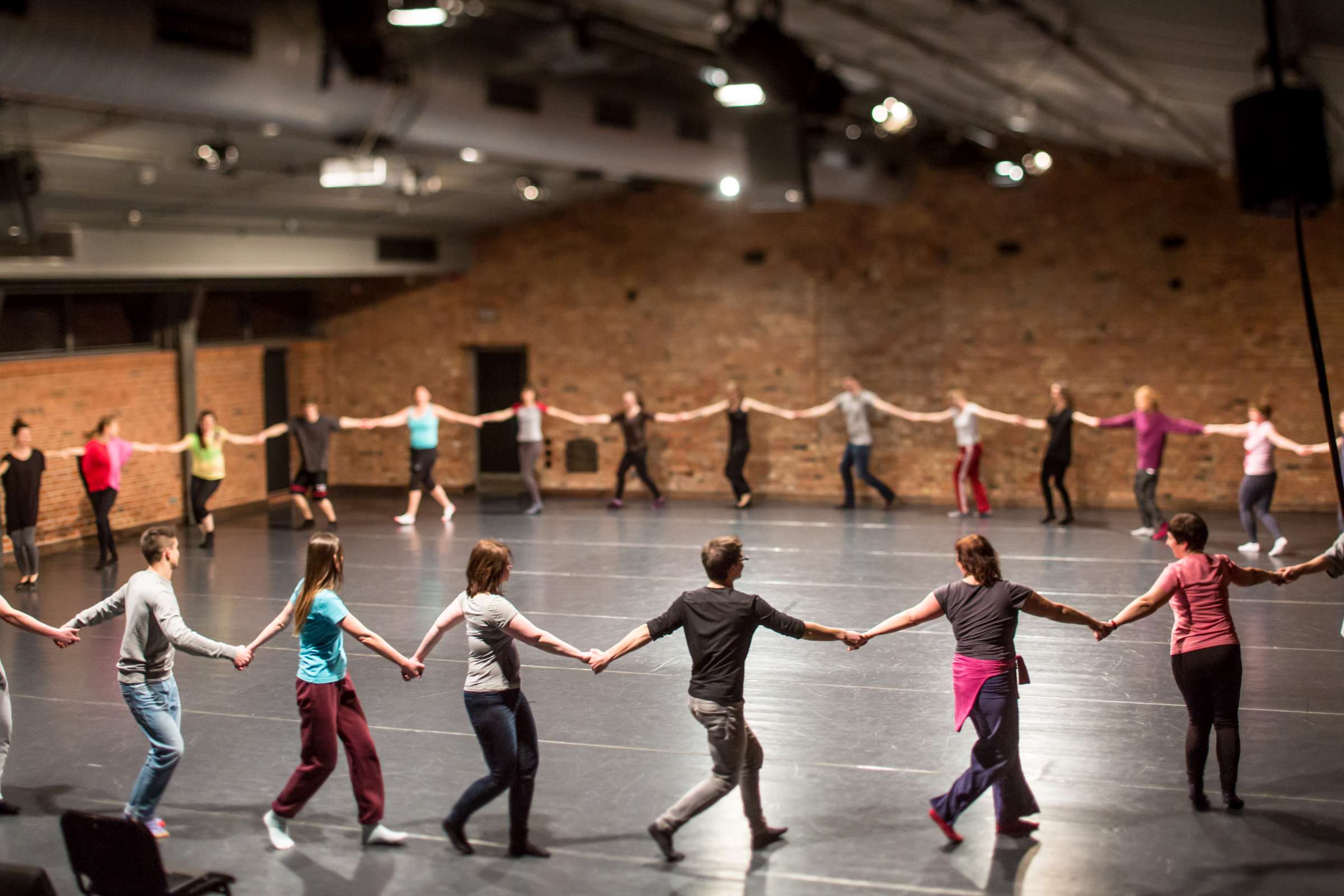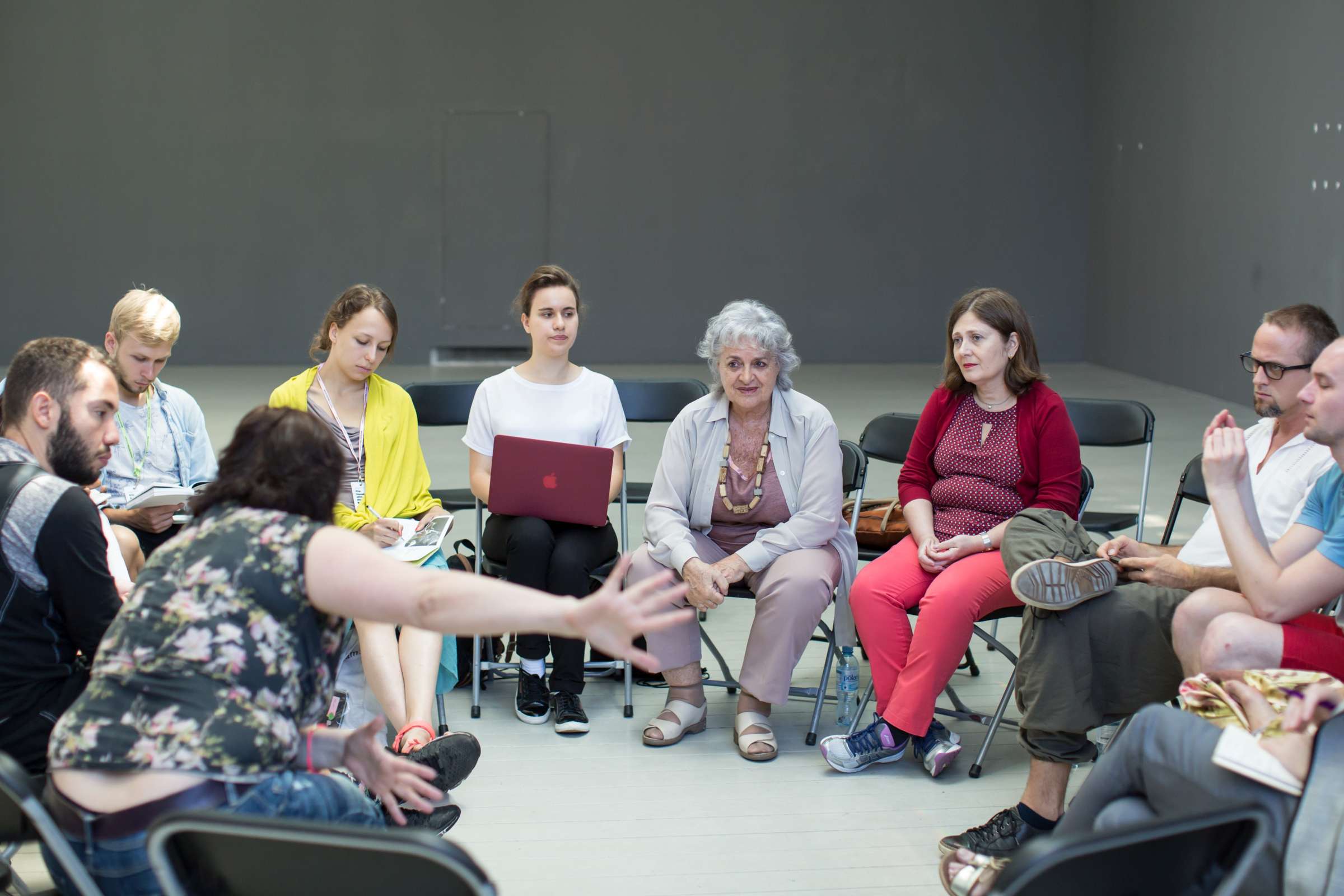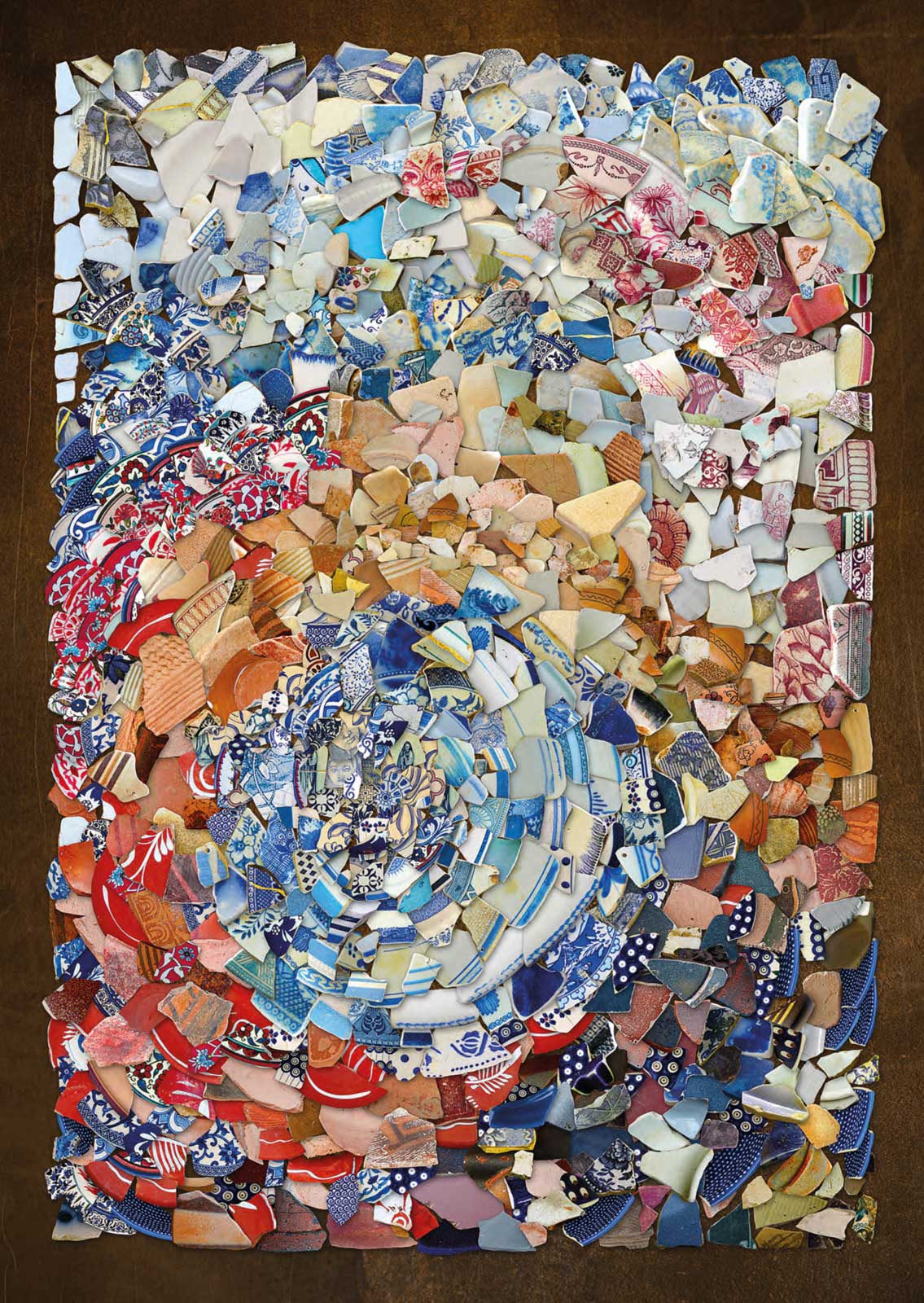We meet in the practice. And we practice the meeting.
Repeating the gestures, we delve into the presence,
And transform the future.
We’re leavening.
The Yanka Rudzka Project (2015-2018), realized under the auspices of the Art Stations Foundation and with the productive support of the Adam Mickiewicz Institute, and Music and dance Institute, was an extensive research programme aimed at learning and describing Rudzka’s personal story and restoring her figure for the history of Polish choreography. It also included a meeting of dance practitioners and a series of choreographic peregrinations, of which the starting point was the idea of exploring the non-stylized traditional dance culture questioning its possible role for contemporary choreography.
The project has resulted in several publications, including the online publication Między śladami historii a okruchami pamięci [Entre vestígios de história e migalhas de memória], edited by Maciej Rożalski and Joanna Leśnierowska (published in Polish and Portuguese, 2016, www.artstationsfoundation.pl), and two longer essays – by Prof. Maria Claudia Guimarães and Joanna Leśnierowska – published in the book Polskie Artystki Awangardy. Histories and Reconstructions [Polish Dance Avant-garde Artists. Stories and Reconstructions], edited by Joanna Szymajda (Warsaw: Institute of Music and Dance, 2017). The presentations of the project’s outcomes in Poland, in June 2017, was also accompanied by a two-day symposium “Yanka Rudzka. Gestures and Traces”.
Within the project, activities in the field of dance practice became equally important, and resulted in two original choreographic works: LEAVENING [Semente] with Polish and Brazilian dancers (2016/2017) and POLYPHONIES [Wielogłos], in which dances and artists from Caucasus (Armenia and Georgia) also came into play (2018).
Rudzka’s (then) revolutionary, controversial, and consistently implemented conviction was that contemporary culture could not develop without in-depth knowledge of its own sources and local traditions. It became the main focus for hers and our artistic research. Thus her artistic gesture of following fascination with traditional culture, its deep analyses and strategy of transcribing it into contemporary choreography has inspired an exciting journey to the dancing roots (and back to the present). So the project was motivated not only by a desire to explore and analyze the artist’s life and work, but also united dancers meeting them in dance practice, and practicing meeting across cultures. At the same time it repeated Yanka Rudzka’s programmatic gesture: confronting simultaneously our own and foreign tradition, it asked about the possible meaning of this tradition for contemporary choreographic practice.
An in-depth, multidimensional, ethno-choreological analysis of global traditional dance culture equipped us with the tools and courage to juxtapose such seemingly distant dance worlds as Brazilian samba, Polish oberek, Armenian kochari and Georgian perchuli. Choreography, like no other art, thanks to its multicultural character and elaborate models of (co-)working, offers ready scenarios of “being together” – a community based on mutual respect for different traditions and shared system of values. With these performances we wanted to cultivate this polyphonic community by giving ourselves over to the unifying, ecstatic and transforming power of dance.




